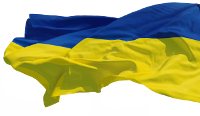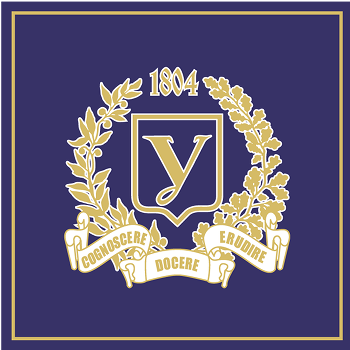пестициды
- 2020-33
Biondication of Anthropogenic Load on Agrobiodiversity in the Northern Azov Region of Ukraine
Purpose. Determination of informative value of types of bioindicators from a number hunting animals for the estimation of the ecological state of agricultural landscapes and level of transformation in them of biological variety.
Methods. The field (noise tuning-up, rout); ecological-analytical, statistical, methods of matrix algebra.
Results. It is set that in the conditions of Northern Azov region of Ukraine by key anthropogenic factors that determine the quantity of population : for a partridge grey is a structure of agricultural landscapes; for the European hare-hare - structure of sowing areas, quantity of predators and state of sunny activity. Considerable cross-correlation connection is first set between the quantity of populations of indicatory kinds and pesticide loading on territory as on regional, so on local levels. In the dynamics of populations of indicatory kinds found out the short and long waves of quantity. In the conditions of the pesticide pressure the most vulnerable is regu-lative influence of zoophages on consumers of more subzero orders. Therefore at megascopic pesticide loading regulative influence of predators will diminish on the row of representatives of phytophages, that explains the phenomenon of increase of quantity of some phytophages at general toxic impact from pesticides.
Conclusions. A high closeness of population and thick infrastructural network are the substantial fac-tors of transformation of biovariety within the limits of region. The general of biological variety in a region as very tense. The ecological ground of potential kinds-indicators allows on the basis of investigational conformi-ties to law the dynamics of their populations of different level of spatial organization to offer the method of bioindication of ecological violations in agricultural landscapes. Thus the informing index of anthropogenic pressure is a current quantity of population of indicatory type of the field fowl.
- 2012-3-4-:18
The Significance Of Hydrochemical Condition Of Pechenezske Storage Reservoir For The General Ecosystem Balance
Based on decades of research hydrochemical indicators PECHENEZSKE reservoir found that oxygen conditions in general satisfactory, halogen concentrations of pesticides and triazine herbicides in the water below the maximum allowable concentrations. Today, the limit values of Pechenezske water-reservoir observed for copper
and chromium. Pechenezske reservoir unfavorable to ligulidoz invasion since 1991. On parasitological parame-ters revealed the highest concentration of sick fish in the Gulf of Kulakowski and Artem and pridambovom site. Dangerous to human agents, namely chemicals, radioactive isotopes over MDS were found. Identified possible sources that significantly affect the balance of the ecosystem Pechenigy reservoir, including water, and recom-mended ways to deal with issues, improve the ecosystem of the reservoir.

